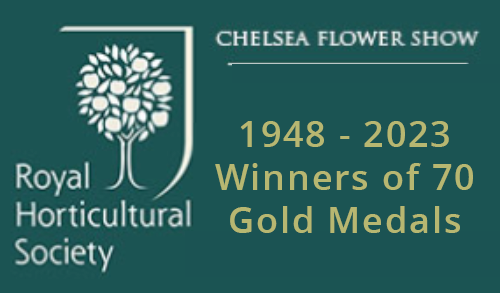News: Choosing Your Daffodfils
News
Choosing your Daffodfils
It was always this time of year, the start of the summer holidays, that we were sent with a fork in hand to start the lifting our daffodils. The large crops were all grown in Holland but all the specialist varieties we grew here in the UK. After 3 weeks of digging the bulbs were then cleaned, graded and ready for cooking. This was an essential process, basically hot water treatment against stem nematode and other pests and pathogens.
That just leaves us with the decision of which ones to choose which from the enormous range available. This can often seem quite daunting but the best starting thought is where you want to plant them. We can always find room for that must have variety that just calls out to us, but below are some general pointers: -
herbaceous border or shrubbery
to provide a focal point choose from the larger flowering daffodils, typically trumpets (div1), large cupped (div2), small cupped (div3), doubles (div4) and tazetta daffodils (div8).
mass formal planting
here you can choose from the full spectrum, avoiding the very short varieties, depending on the surrounding planting.
bulbs for naturalising
particularly suitable are the cyclemineus, triandrus and poeticus daffodils especially if you are planting in grass.
bulbs for a patio display.
unless you have very large containers choose from our dwarf narcissi section. Particularly recommended are the smaller free flowering cyclamineus narcissi.
All daffodils are suitable for sunny or semi-shaded positions, although pink cupped varieties are best planted in a sunny aspect to develop their colour. Always plant in well-cultivated soil. Plant bulbs sufficiently deep (12cm to 15cm of soil on top of the bulb). The biggest problem with daffodils going blind is shallow planting. This can also cause smaller flowers in future years.


